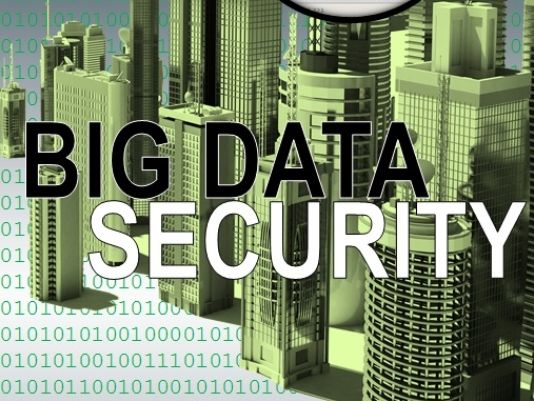Use big data to fight cybercrime

Global cybercrime continues to increase at a rapid pace, and effective Chief Information Security Officers (CISOs) need to get better at anticipating criminal behavior in order to provide effective, and efficient, risk management. As both information risks and cyber security threats increase, organizations need to move away from reacting to incidents and toward predicting and preventing them.
While organizations don’t always need to understand how the attack works from an in-depth technical perspective, they do need to understand how the attacks get past their defenses. Armed with intelligence and analytics, a successful CISO will learn from others’ mistakes and raise awareness within the organization to ensure it doesn’t happen on their watch.
Big Data + information security = huge opportunities
The massive volume of data that businesses are collecting, including financial transactions, location-based data and customer interactions, is growing exponentially. Problems addressed by big data analytics are those for which insights and answers arise from analysis of vast, complex or disparate data sources. Executives tasked with managing company data must find the delicate balance between everyday data management tasks and effectively leveraging data through both analytics and analysis.
In a recent webinar, I discussed the combination of big data and information security – the challenges and opportunities. This is an important topic today as big data analytics is enabling organizations to process and analyze huge volumes of disparate and complex data – providing a step change from standard reporting and monitoring toward correlating and probing for insight into threats, risks and incidents. This insight can lead to increased information security, greater organizational agility, better cyber resilience and decreased business impact. This capability is critical as the practice of reacting to incidents is replaced with the need to predict, understand and respond to complex events. Read more

























